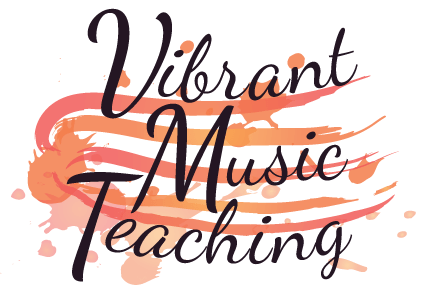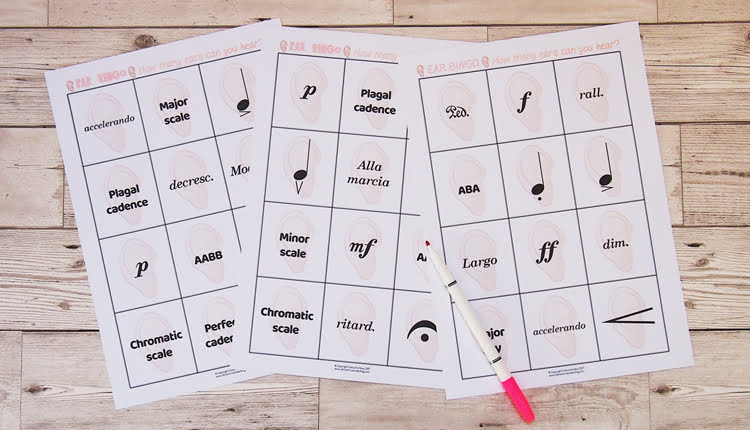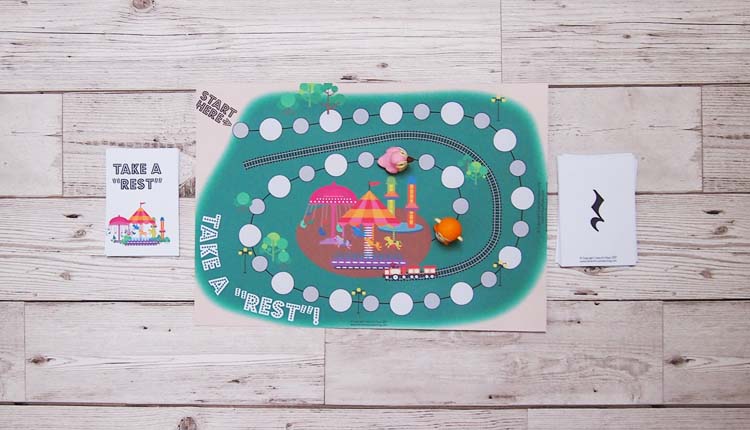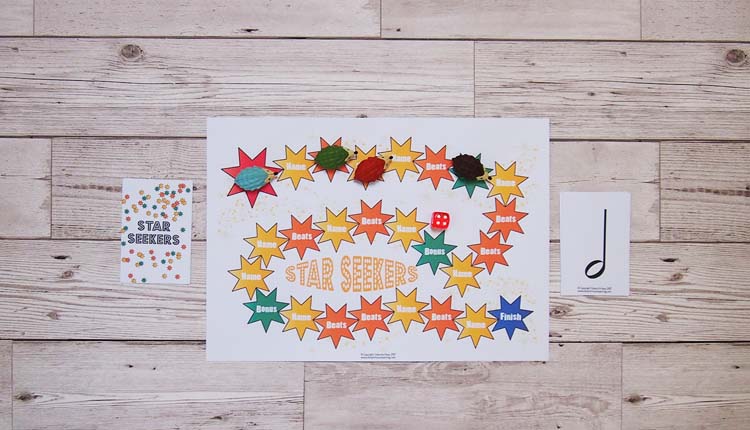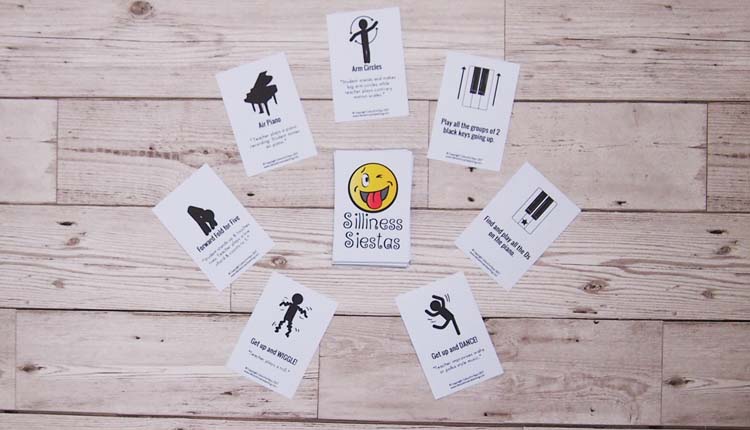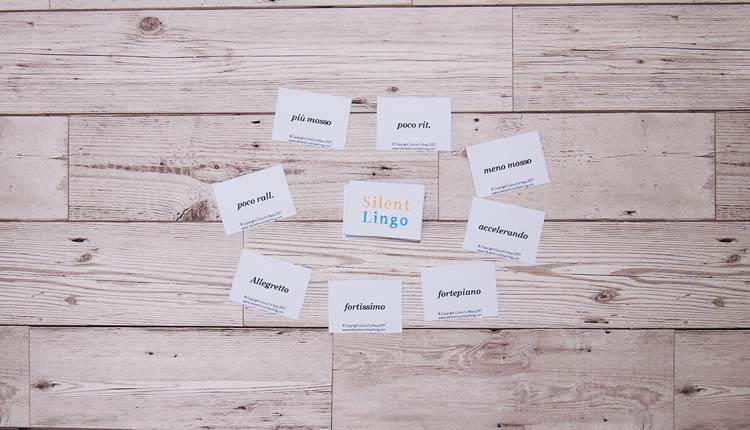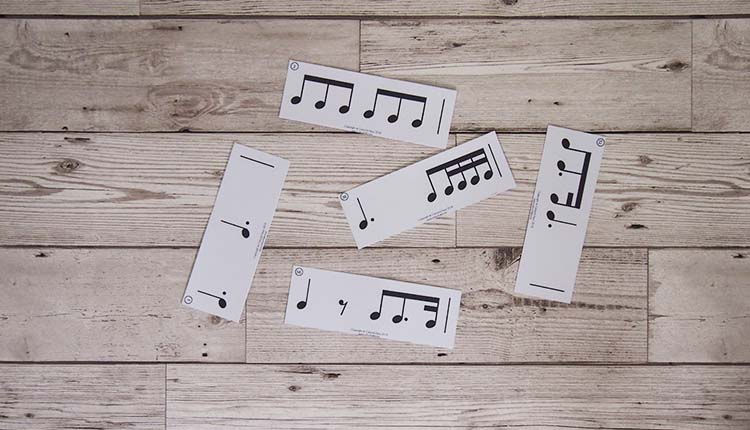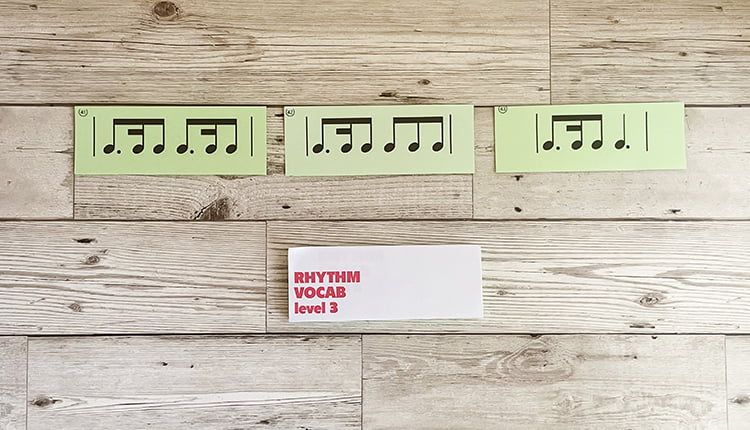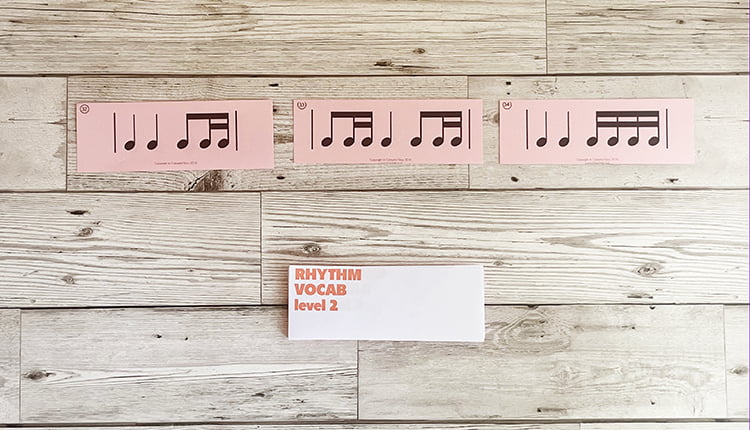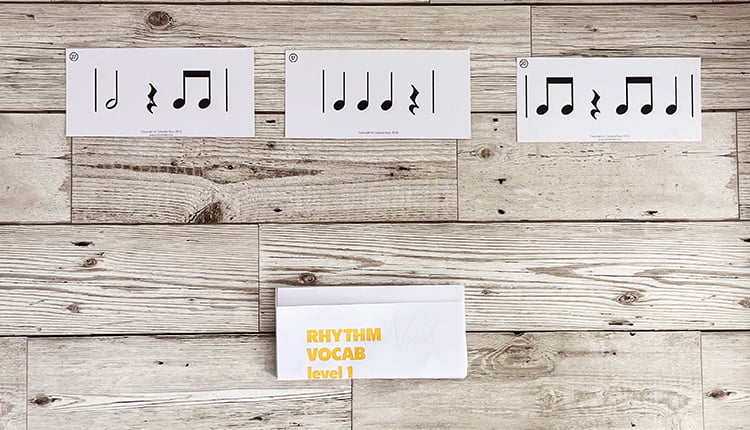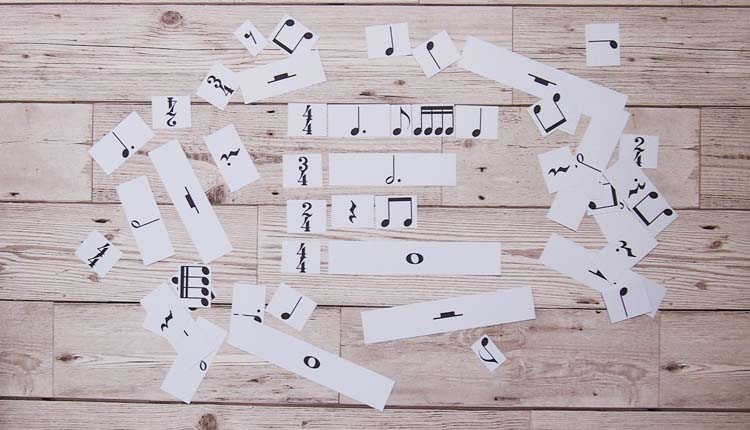Ear Bingo
These listening sheets challenge intermediate students to pay attention for intricate details in the music. What’s the form? Was there a perfect cadence? This bingo game is a great jumping off point for many discussions in group and private lessons. How to Play Give each player one bingo card and a pen/marker. Choose a suitable … Read more
